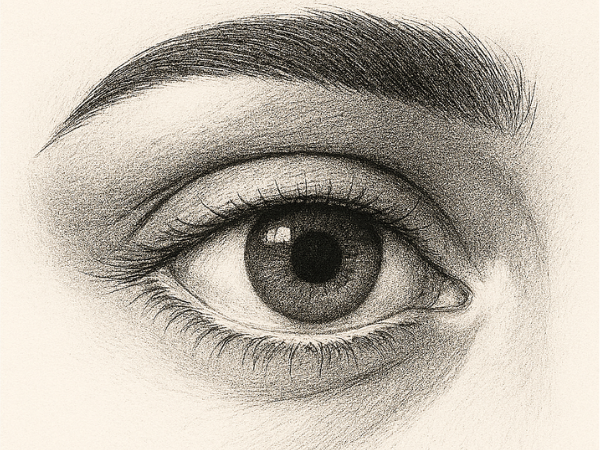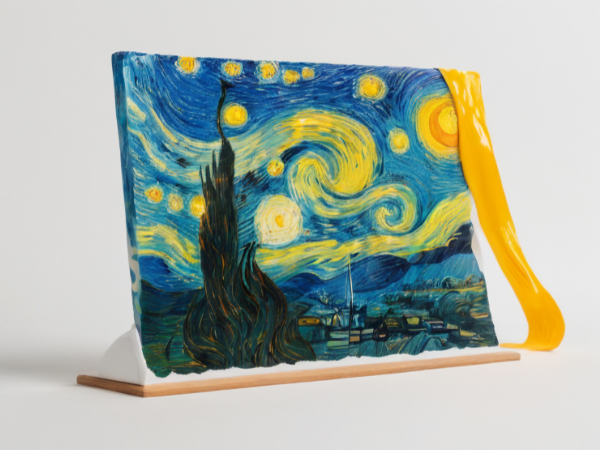Drawing eyes that feel alive is one of the most rewarding skills an artist can master. Eyes are often called the “windows to the soul” because they convey emotion more powerfully than any other facial feature. In this guide, we’ll explore the anatomy, proportions, shading, and subtle details that will help you create eyes that not only look realistic but also tell a story.
Understanding Eye Anatomy for Artists
Before you can capture emotion, you need to understand the structure of the eye and how light interacts with it.
Key Parts of the Eye
The eye is made up of the sclera (white of the eye), iris (colored ring), pupil (dark center), cornea (clear dome), eyelids, and tear duct. Each part has its own texture and reflectivity, which affects how you shade and highlight it.
The Role of Light and Shadow
Because the cornea is curved, it creates natural highlights that give the eye its sparkle. Shadows from the eyelids and lashes add depth, while subtle gradations in the iris make it appear three‑dimensional.
Mapping Proportions and Placement
Even the most beautifully shaded eye will look off if its proportions are wrong.
Measuring Eye Width and Spacing
A common guideline is the “five‑eye” rule: the width of one eye fits five times across the face, with one eye‑width of space between the two eyes. Adjust this for different face shapes and expressions.

Aligning with Facial Features
The inner corners of the eyes generally align with the sides of the nose bridge, while the outer corners often line up with the tops of the ears when the head is level. These alignments help keep your drawing balanced.
Mastering Shading and Depth
Shading transforms a flat outline into a lifelike eye.
Creating Smooth Gradients
Blend from dark to light in the iris to suggest depth, and use soft transitions on the eyelids to mimic the way skin curves around the eye socket.
Enhancing Contrast for Impact
Deepen the shadows along the upper lash line and darken the pupil to make the highlights stand out. This contrast draws the viewer’s attention directly to the eye.
Capturing Emotion Through Subtle Details
Small adjustments can completely change the mood of your drawing.
Eyelid Position and Expression
Raised upper lids can suggest surprise or alertness, while lowered lids can convey sadness, tiredness, or intensity.
The Power of the Eyebrow
Eyebrows frame the eyes and amplify emotion. A slight upward tilt can make an expression look questioning, while a downward angle can suggest anger or determination.
Adding Final Touches for Realism
The last details bring your drawing to life.
Highlights and Reflections
Place catchlights in the iris to suggest moisture and vitality. The position of the highlight should match the light source in your scene.
Fine Lines and Textures
Add subtle wrinkles at the corners, varied lash lengths, and faint skin texture to make the eye feel authentic without overworking the drawing.
Final Thought: Realistic eyes are a blend of technical accuracy and emotional storytelling. By understanding anatomy, mastering shading, and paying attention to subtle details, you can create eyes that not only look real but also connect with the viewer on a deeper level.




